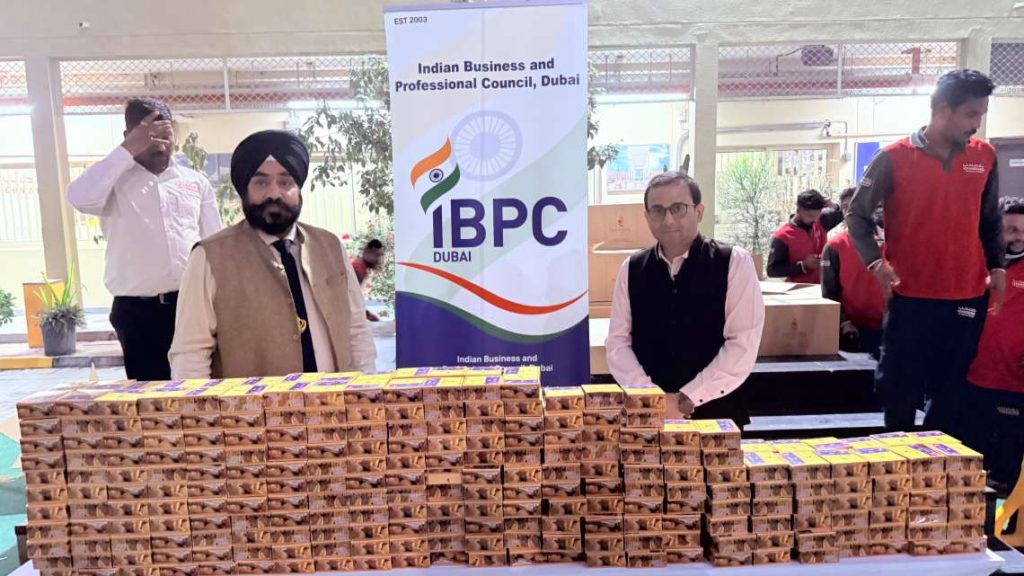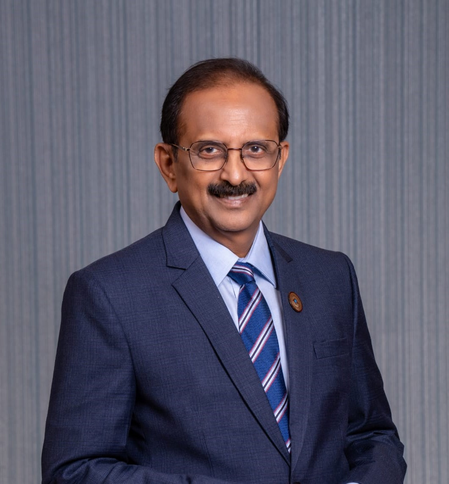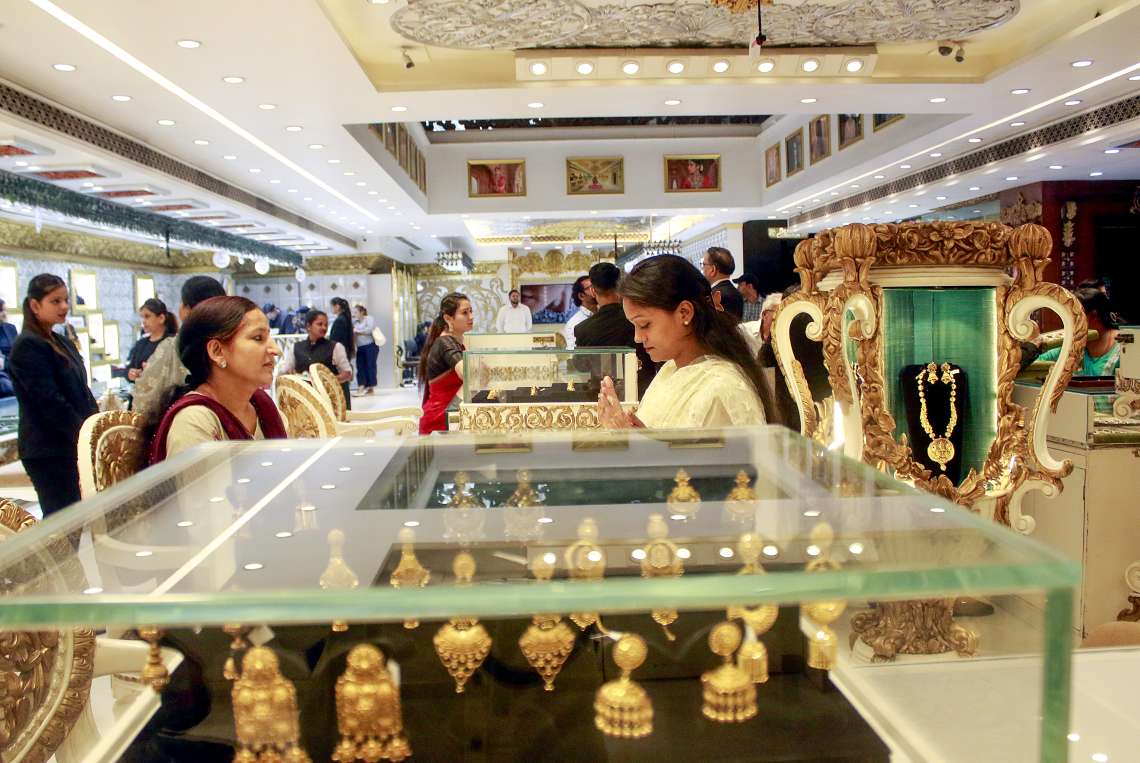India’s cinema market is multilingual, and many regional industries are now rivalling Hindi output in volume and box-office share … writes Rafeek Ravuther
The Indian film sector is undergoing a meaningful transformation. While the Hindi-language commercial film industry has historically commanded a dominant position both domestically and across the diaspora, evolving audience preferences, the rise of regional cinema and the surge of digital platforms are shifting that balance.
According to PwC India’s Entertainment & Media Outlook the broader Indian entertainment & media (E&M) sector was valued at INR 245 000 crore in 2023 and is projected to reach roughly INR 365 000 crore by 2028, growing at a compound annual growth rate (CAGR) of around 8.3 %. Within that context the cinema market in India is expected to grow at a faster rate of about 14.1 % CAGR through to 2028.
“Bollywood” has long enjoyed a massive global footprint. Millions of people in the Indian diaspora around the world form a ready audience for Hindi-language films. But more than that, these films have had international visibility and appeal beyond India’s borders. Yet, this dominance is increasingly challenged by the vibrant growth of regional Indian cinema—for example Telugu, Tamil, Malayalam, Kannada language-films—which are gaining traction both at home and internationally. India’s cinema market is multilingual, and many regional industries are now rivalling Hindi output in volume and box-office share.
While large-budget star-driven Bollywood films continue to be made, there is growing evidence that audiences are less satisfied with formulaic content and are seeking narratives that feel fresh, nuanced and character-driven. This resonates with your observation that independent films and serious-theme shows are increasingly successful. The digital era means audiences have more choice, and so they are voting (with their time and money) for content beyond the “masala” template.
From the PwC data we see that the cinema market still has a large growth potential: India is already the largest cinema audience in terms of admissions, but average ticket prices remain low (so box office revenue per admission is comparatively small) and multiplex penetration is still developing.
A major driver behind these shifts is the rise of over-the-top (OTT) platforms, mobile apps and digital streaming services. PwC reports that India’s OTT market is growing at a projected CAGR of about 14.9 % through 2028. The E&M report also highlights the “mobile-first dominance” in India, with Indians spending approximately 82 % of their media time on apps. This means the audience is less dependent on theatrical releases and more open to alternate formats (web-series, digital films, short forms) and a wider range of genres and languages. It also amplifies global discoverability of Indian content (regional or Hindi) via streaming platforms.
Many audience segments appear to be increasingly frustrated with repeating tropes, nepotism scandals, predictable plots and a sense that mainstream Bollywood is not innovating fast enough. This echoes comments from online forums such as Reddit where viewers voice disdain for “same star-vehicle formula” films and express more enthusiasm for fresh voices, female-led stories, regional narratives and independent filmmakers. Combined with the streaming shift, this means producers and studios are under pressure to raise their game.
As you mention, smaller indie films and regional cinema that tackle universal themes or strong female-centric narratives are gaining both critical acclaim and audience attention — even globally. Regional industries (for example in South India) are producing high-quality films with significant box-office and international recognition. This signals that the “audience” for Indian film is not monolithic: it is fragmented across languages, platforms, tastes and geographies. For Bollywood to maintain relevance it increasingly must compete not just with global cinema, but with strong regional players offering distinct storytelling styles.
The film-going experience and content consumption in India are shaped by a complex blend of cultural, social and personal emotional factors. Family viewing, communal cinema-going, regional identity, language preference, diaspora connections and the desire for aspirational or escapist content all influence how audiences respond. Thus even as streaming opens global access, the local cultural anchoring remains important.
Putting this together, some of the key characteristics of the current Bollywood/Indian film-audience landscape include:
- Large and global: The Hindi-film industry has traditionally had a vast global footprint, especially in Indian diaspora markets. At the same time, regional cinema is growing fast and drawing portions of that global audience.
- Mobile- and digital-first: With mass adoption of smartphones, cheap data and rising connectivity, audiences are increasingly consuming film content via OTT platforms and mobile devices rather than exclusively through theatres. The PwC report emphasises that India’s E&M growth is heavily driven by digital media and OTT segments.
- Evolving tastes: Audiences are showing an appetite for more nuanced storytelling, genre diversity, strong characters, fresh voices and less predictable narratives. This includes rising interest in independent cinema, female-led narratives, regional stories and serious themes rather than only commercial star vehicles.
- Fragmented and selective: Consumers now have many more choices (regional language, short-form content, international films/series) so the competition for their attention is higher. Viewers are more selective, less captive to the theatrical model, and can switch platforms easily.
- Sceptical, value-oriented viewers: There’s growing fatigue among certain audience segments with repetitive or nepotistic content. This drives them towards platforms or films that offer something different.
- Cultural and social nuance: The viewer’s cultural background, language identity, diaspora status, family-viewing habits and socio-economic context all play a role in how films are received and what kinds of stories resonate.
- Regional-language growth as a parallel trajectory: While Bollywood remains influential, regional industries are accelerating and increasingly capturing audience share — both domestically and abroad. This means the notion of “Bollywood alone” dominating is shifting into a more plural and competitive landscape.
For producers, studios and creators in the Indian film space, these audience dynamics carry several implications. Firstly, success may increasingly come from stories that break the mould — culturally rooted yet globally accessible. Secondly, a distribution strategy that embraces digital platforms, multi-language versions, and regional windows is essential. Thirdly, quality (in terms of writing, casting, production value, platform optimisation) matters more than ever. Fourthly, regional cinema should not be viewed as niche — it is now mainstreaming and influencing the broader ecosystem. Finally, brands and advertising spend will increasingly follow where audience engagement is highest — which is increasingly digital, mobile and platform-agnostic.
The Indian film sector stands at a junction: it has the scale, the demographic tailwinds and the infrastructure to grow significantly — but audience behaviour is evolving fast. The vast global audience for Bollywood remains a strength, but the challenge is to retain relevance in a world of rising regional competition, digital consumption and heightened expectations for storytelling. Those creators and companies who recognise these shifts — who embrace diverse voices, leverage streaming, optimise for mobile and value quality over formula — are likely to succeed in what is a rapidly transforming market.












